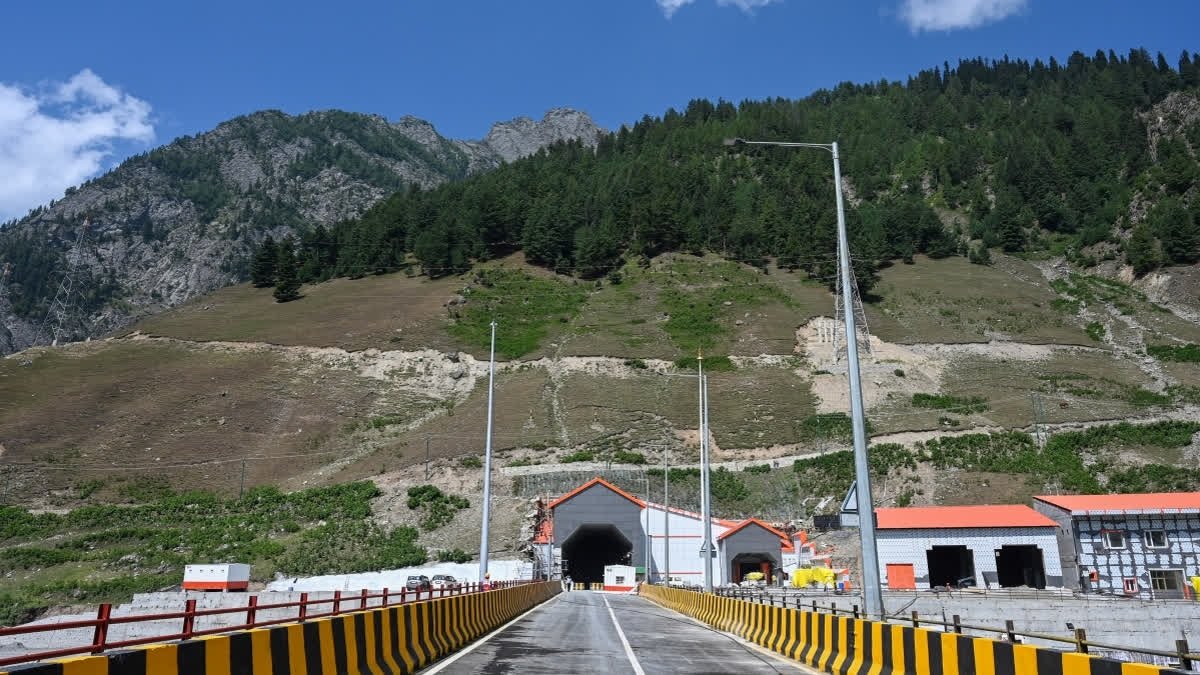National Memorial for Queen Elizabeth II Announced for St James’s Park
In a move to honour the late Queen Elizabeth II, a national memorial has been announced for St James’s Park in London. The memorial will celebrate the Queen’s seven decades of service and her legacy as one of Britain’s longest-reigning monarchs. It is expected to become a place for reflection and remembrance, drawing both British citizens and international visitors. The location, St James’s Park, is a fitting tribute, as it is not far from Buckingham Palace, a symbol of the British monarchy.
The Design and Purpose of the Memorial
The memorial’s design is expected to reflect the Queen’s grace and resilience, featuring elements that represent her reign. A public competition may be launched to involve citizens in choosing the final design. The monument aims to create a space where people can remember and reflect on the significant contributions made by Queen Elizabeth II throughout her life. Her service, which spanned key historical moments, will be at the forefront of this national symbol.
Public and Royal Family Involvement
The royal family, along with the public, will be closely involved in the memorial planning process. Prince William and King Charles III are expected to have a prominent role, given their close connection to the Queen. Public participation is also encouraged, with discussions on fundraising and charitable activities supporting the memorial’s creation. This inclusive approach symbolizes the unity Queen Elizabeth II promoted during her reign.
Significance of St James’s Park
St James’s Park is not only one of London’s most famous parks but also a historically significant location. It has been home to many royal events and celebrations, making it the perfect venue for a memorial honouring Queen Elizabeth II. The park’s proximity to key royal landmarks makes it an ideal spot for reflecting on the Queen’s immense impact on British society and the world at large.
Future Impact of the Memorial
The memorial is expected to become a major tourist attraction, bringing in visitors from around the globe who wish to pay their respects to Queen Elizabeth II. It will likely serve as a reminder of her leadership during critical periods, including post-war recovery and the modernisation of the British monarchy. Additionally, the memorial will continue to contribute to the cultural and historical significance of London.

Why This News is Important
Commemorating Queen Elizabeth II’s Legacy
The announcement of a national memorial in St James’s Park is important as it serves to immortalize the legacy of Queen Elizabeth II, one of the most influential monarchs in British history. Her reign saw major global transformations, and this monument will serve as a testament to her unwavering commitment to the nation and the Commonwealth.
National and Global Significance
Queen Elizabeth II was not only a British monarch but also a global figure. The memorial will attract people worldwide, highlighting her influence on global diplomacy, culture, and societal progress. It provides a physical space for people to reflect on her contributions to fostering international relations.
A Symbol of Unity
The memorial planning process, which includes both royal family members and the general public, reflects the unity and collective remembrance that Queen Elizabeth II often promoted. This initiative underscores the importance of national symbols in preserving collective memory and fostering a sense of togetherness.
Historical Preservation
The decision to place the memorial in St James’s Park ensures that a significant part of British history will be physically preserved. The park’s proximity to Buckingham Palace and other landmarks allows the memory of the Queen to remain close to the monarchy, linking past, present, and future in a meaningful way.
Education and Future Generations
For students preparing for government exams, the memorial represents a key historical moment. Understanding its significance will help them gain insights into modern British history, the monarchy, and the Queen’s global impact.
Historical Context
Queen Elizabeth II ascended to the throne in 1952 after the passing of her father, King George VI. Her reign spanned seven decades, witnessing dramatic changes both in Britain and globally. She presided over the decolonization of Africa and the Caribbean, the establishment of the Commonwealth, and the modernisation of the British monarchy. Her leadership style was characterized by a steady, calming presence during periods of immense change, including the aftermath of World War II, the Cold War, and Britain’s evolving role on the global stage. The national memorial represents not just her legacy but also the continuity of British traditions during one of the most transformative periods in history.
Key Takeaways from “National Memorial for Queen Elizabeth II Announced for St James’s Park”
| S.No | Key Takeaway |
|---|---|
| 1 | A national memorial for Queen Elizabeth II has been announced for St James’s Park, London. |
| 2 | The memorial will celebrate Queen Elizabeth II’s seven-decade reign and global influence. |
| 3 | The royal family and the public will be involved in the design and planning process. |
| 4 | St James’s Park, near Buckingham Palace, is a historically significant location for the memorial. |
| 5 | The memorial will serve as a place for reflection and remembrance for both national and global visitors. |
Important FAQs for Students from this News
1. What is the purpose of the national memorial for Queen Elizabeth II?
The memorial aims to honor Queen Elizabeth II’s extensive service and legacy as one of Britain’s longest-reigning monarchs. It will serve as a place for public reflection and remembrance, celebrating her contributions to the nation and the Commonwealth.
2. Where will the Queen Elizabeth II memorial be located?
The memorial will be located in St James’s Park, London. This site is chosen for its historical significance and proximity to Buckingham Palace, making it a symbolic place for honoring the Queen’s legacy.
3. Who will be involved in the planning and design of the memorial?
The royal family, including King Charles III and Prince William, will be involved in the planning and design of the memorial. Additionally, there will be opportunities for public participation in choosing the final design through potential competitions or consultations.
4. Why was St James’s Park chosen as the location for the memorial?
St James’s Park was chosen due to its historical importance and its proximity to key royal landmarks such as Buckingham Palace. The park has been a site for many royal events, making it a fitting place to commemorate the Queen.
5. How will the memorial impact tourism and cultural heritage?
The memorial is expected to become a significant tourist attraction, drawing visitors from around the world. It will also contribute to preserving and highlighting British cultural heritage, ensuring that Queen Elizabeth II’s legacy is remembered and celebrated.
Some Important Current Affairs Links
















